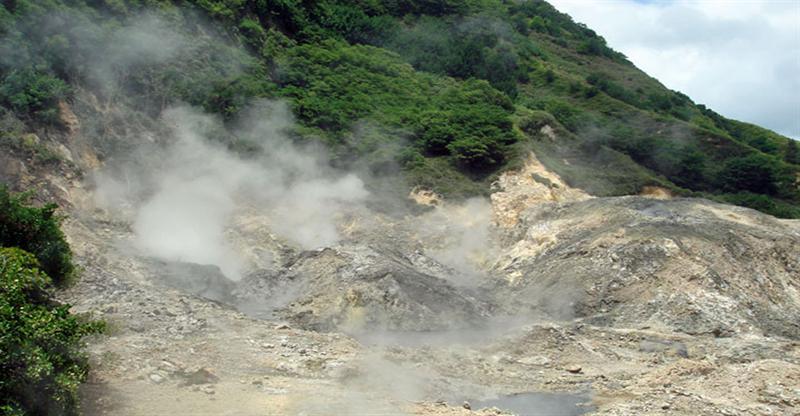A US$2 million grant, facilitated by the World Bank, will fund surface exploration, transactions and negotiations.
 The Government of Saint Lucia is making significant progress in developing the country's geothermal potential, encouraged by the recent receipt of grants from the Global Environment Facility (GEF) and the Small Island Developing States Renewable Energy project (SIDS DOCK), facilitated by the World Bank.
The Government of Saint Lucia is making significant progress in developing the country's geothermal potential, encouraged by the recent receipt of grants from the Global Environment Facility (GEF) and the Small Island Developing States Renewable Energy project (SIDS DOCK), facilitated by the World Bank.
The GEF and SIDS DOCK, through the World Bank, have approved US$2 million to contribute towards the first phase of geothermal development assistance to the Government of Saint Lucia. These funds will provide support for surface exploration, as well as for transaction and negotiations assistance in order to help the Government of Saint Lucia reach a fair and equitable concession agreement with the geothermal developer. It will also facilitate agreements on off-take and integration of geothermal power within the domestic power market, for which LUCELEC currently has exclusivity.
Additionally, the GEF and SIDS DOCK funds will go towards developing and issuing several key policies and associated regulations, including mainstreaming the National Utility Regulatory Commission (NURC) as the primary regulatory body for electricity generation and supply in Saint Lucia. The finances from these grants will also be used to undertake environmental and social evaluations, as well as effective community engagements, in line with international standards. This latter undertaking is critical, given the proximity of the areas proposed for geothermal exploration to the Piton Management Area (PMA), which is designated as a UNESCO World Heritage Site.
The Government of Saint Lucia has already taken steps towards securing funding support for the second, high-risk phase of exploratory drilling, and is working closely with the World Bank, the Caribbean Development Bank (CDB) and other international funding sources like the Climate Investment Fund. This second phase is estimated to cost between US$20 and $30 million dollars.